Rising Geriatric Population
The demographic shift towards an aging population is profoundly influencing the Drainage Catheters Market. Older adults are more susceptible to various health complications that often require drainage interventions, such as urinary retention and pleural effusions. As the global population aged 65 and older is projected to reach 1.5 billion by 2050, the demand for drainage catheters is expected to increase correspondingly. This demographic trend compels healthcare providers to invest in advanced drainage solutions that cater to the unique needs of elderly patients. The market is anticipated to witness substantial growth as manufacturers focus on developing catheters that are user-friendly and designed specifically for geriatric care.
Emphasis on Patient-Centric Care
The shift towards patient-centric care models is reshaping the Drainage Catheters Market. Healthcare providers are increasingly prioritizing patient comfort and satisfaction, leading to the development of drainage catheters that are less invasive and easier to use. This trend is reflected in the growing preference for minimally invasive procedures, which not only enhance patient experience but also reduce recovery times. As healthcare systems adopt these patient-focused approaches, the demand for innovative drainage solutions is likely to rise. Market analysts predict that this emphasis on patient-centric care will drive the growth of the drainage catheters market, as providers seek to improve overall patient outcomes.
Regulatory Support and Guidelines
The Drainage Catheters Market is benefiting from enhanced regulatory support and guidelines aimed at improving patient safety and product efficacy. Regulatory bodies are increasingly establishing stringent standards for the design and manufacturing of drainage catheters, which encourages innovation and quality assurance in the market. This regulatory framework not only fosters consumer confidence but also compels manufacturers to adhere to best practices in product development. As a result, the market is likely to see an influx of high-quality drainage solutions that meet these evolving standards. The ongoing collaboration between regulatory agencies and industry stakeholders is expected to further stimulate market growth in the coming years.
Increasing Prevalence of Chronic Diseases
The rising incidence of chronic diseases such as kidney disorders, heart failure, and cancer is a significant driver for the Drainage Catheters Market. As these conditions often necessitate drainage procedures, the demand for effective drainage solutions is on the rise. According to recent statistics, the prevalence of chronic kidney disease alone affects around 10% of the population, leading to an increased need for dialysis and associated drainage catheters. This trend is expected to continue, with healthcare systems adapting to manage the growing patient population. Consequently, the market is likely to expand as healthcare providers seek reliable and efficient drainage options to address these chronic health issues.
Technological Innovations in Drainage Catheters
The Drainage Catheters Market is experiencing a surge in technological innovations that enhance the efficacy and safety of drainage procedures. Recent advancements include the development of smart catheters equipped with sensors that monitor fluid levels and pressure, thereby providing real-time data to healthcare professionals. This innovation not only improves patient outcomes but also reduces the risk of complications associated with traditional drainage methods. Furthermore, the integration of biocompatible materials in catheter design minimizes the likelihood of adverse reactions, which is crucial in sensitive patient populations. As a result, the market is projected to grow at a compound annual growth rate of approximately 6.5% over the next five years, driven by these technological advancements.


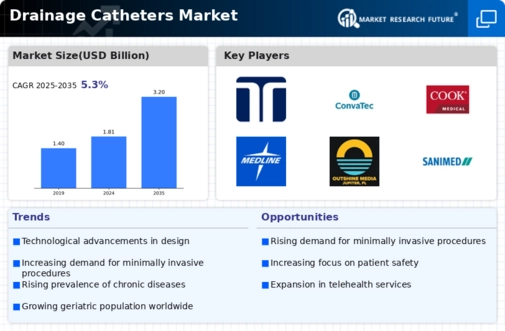
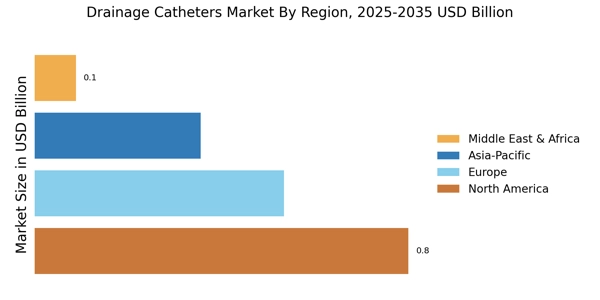
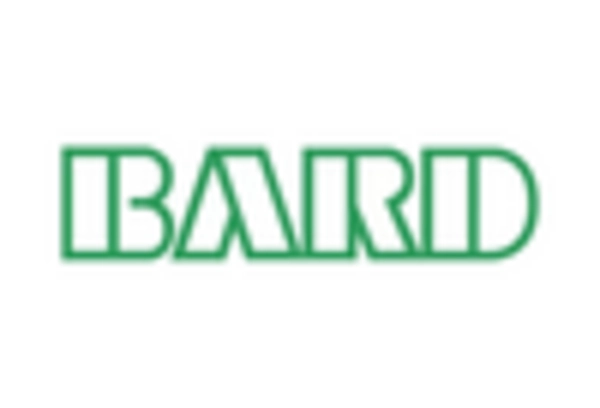

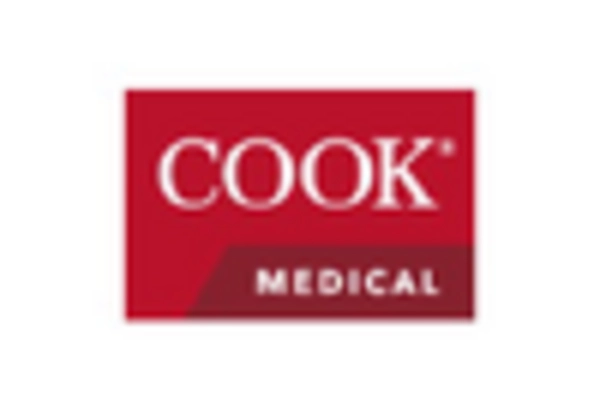

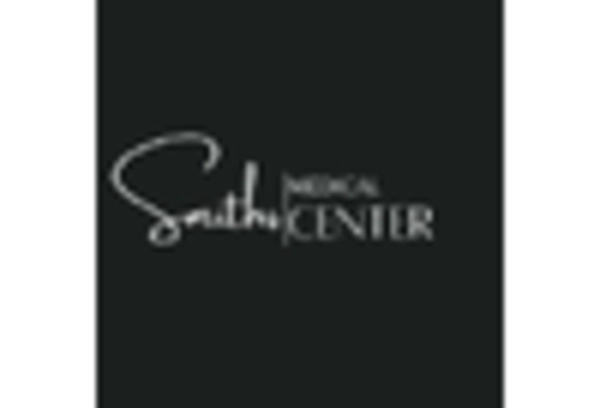
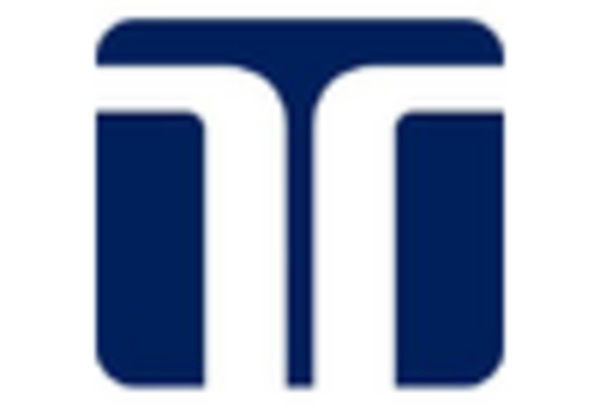








Leave a Comment